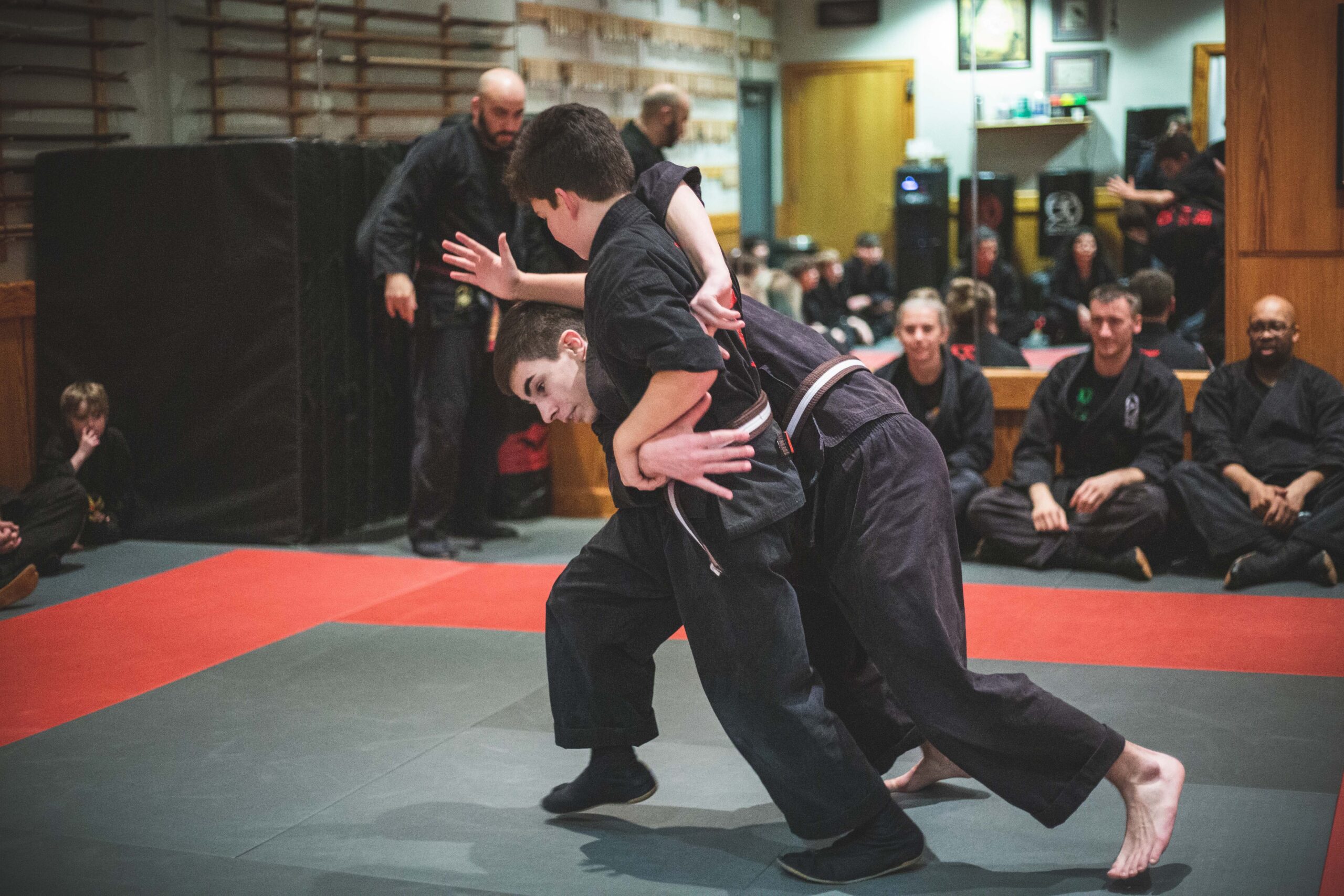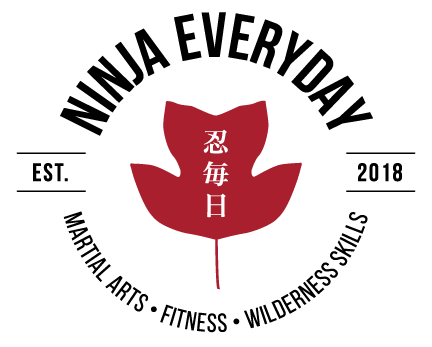 Mar
17
Mar
17
Kamae: “Posture” or “Base”
- March 17, 2022
- 0 Comment(s)
In our To-Shin Do training, we constantly refer to the concept of “Kamae”. An-Shu Stephen K. Hayes has defined it as “base”. We keep our knees flexed, balanced, and mobile. Head over shoulders, shoulders over hips, and hips over feet. All while keeping your face safe, hands covering targets, and legs ready to protect.
Proper kamae keeps us safe, stable, and mobile, all while costing us the least possible amount of energy expenditure. A good kamae keeps us from being thrown, struck, and outmaneuvered. A strong kamae gives us a platform that allows for significant transfer of force when we decide to strike. Without solid positioning and grounding, we become the proverbial cannon-on-the-canoe. While comical, this is seriously ineffective.
Kamae can also be translated as attitude. A physical manifestation of our emotional state. This can be easily seen in the weight placement of different positions that we adopt in our training.
I’ve been giving serious thought to what proper kamae can be on the ground. You certainly can’t keep your spine upright in every position that you may find yourself in but maybe you can still utilize your bodyweight coupled with the power of gravity, allowing you to exert pressure downward into your opponent. Maybe you can even be heavy from the bottom position. Proper positioning in jiu-jitsu can prevent you from getting thrown, reversed, or swept. A good position or kamae while passing is necessary to keep your opponent from re-establishing their guard.
Recognizing the kamae of your opponent and knowing when and how to attack their structure is an even more nuanced study than making sure that we are aligned properly.
What sort of out-of-the-box thoughts do you have about the nature, power, and utilization of kamae? Don’t be afraid to express your opinion. Don’t be afraid to change your opinions. Our experiences should cause us to adjust our beliefs when necessary, and I reserve the right to be wrong.
